This week’s theme is tomatoes (and other nightshades). Our “Growing Minds Day by Day” educational resource lists are designed for families and educators.
With summer in full swing, this week we’re exploring the diverse Nightshade—or Solanaceous—plant family, which includes many of the veggies that are most loved by home gardeners, like tomatoes, sweet peppers, chili peppers, potatoes, eggplants, and tomatillos.
Books:
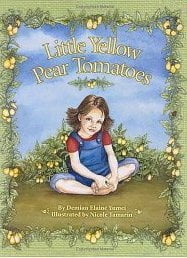 Little Yellow Pear Tomatoes
Little Yellow Pear Tomatoes
Our first recommendation this week is Little Yellow Pear Tomatoes by Demian Elainé Yumei. Everything we eat comes with a story. This book shares the stories, memories, and feelings that live within each yellow pear tomato that grows in a young girl’s garden. What stories grow within the food in your home or school garden? Watch a read aloud of this story on YouTube.
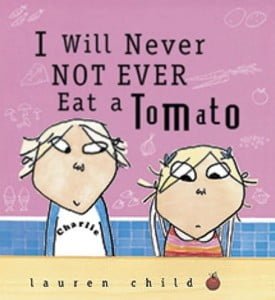 I Will Never Not Ever Eat a Tomato
I Will Never Not Ever Eat a Tomato
The next story, I Will Never Not Ever Eat a Tomato by Lauren Child, is for all the picky eaters out there! Lola is a very picky eater, and she definitely will not ever eat a tomato. One night her brother Charlie has to make Lola dinner, and he comes up with creative ways to get her to eat all the things she thinks she doesn’t like. Will she eat a tomato? Watch a read aloud of this book on YouTube to find out.
Find more books
Both of the books above are available for Asheville-based educators to check out from our lending library. Visit the Growing Minds’ farm to school literature database to discover more of our favorite children’s books. Type “diversity” into the search bar to find books that feature characters from underrepresented racial and ethnic groups.
Local Food Recipe:
 Tomatoes are the local ingredient featured in this week’s recipe, which is a simple Italian salad that mimics the colors of the Italian flag: green, white, and red.
Tomatoes are the local ingredient featured in this week’s recipe, which is a simple Italian salad that mimics the colors of the Italian flag: green, white, and red.
Tomatoes come in all shapes, sizes, and colors—from tiny red and yellow cherry tomatoes to big, plump, purple ones. Tomato plants originated in South and Central America where they were cultivated by the Aztecs and other indigenous peoples. Today, tomatoes are enjoyed by people around the world. They’re featured prominently in Mexican, Spanish, Middle Eastern, and Italian cuisines, amongst many others. Tomatoes are a versatile fruit that can be enjoyed fresh or used in soups, sauces, or salsa. Look for local tomatoes at farmers markets and area grocery stores.
Kids can… cut up the tomatoes and mozzarella cheese using a kid-safe knife, rinse and tear the basil leaves, and assemble the salad on a large serving plate or as individual portions on small plates. Bonus: helping to prepare this recipe can earn kids a square on our Kids Cooking Bingo card!
Caprese Salad
Serves 3-4
Ingredients:
- 4 medium local tomatoes*
- 3/4 cup mozzarella cheese, diced or thinly sliced into rounds
- 2 Tbsp. fresh basil leaves, torn or chopped
- 1/4 tsp. salt
- Freshly ground black pepper, to taste
- Balsamic vinegar and olive oil
Directions:
- Cut tomatoes into slices.
- Combine tomatoes and mozzarella in a bowl.
- Toss the tomatoes and mozzarella with the basil, salt, and pepper.
- Assemble ingredients on a plate and drizzle with balsamic vinegar and olive oil to serve.
*There are many wonderful varieties of heirloom tomatoes available at farmers markets in August. Consider using Mr. Stripey, Cherokee Purple, or other heirloom tomatoes for a more colorful salad, or substitute your favorite cherry or grape tomatoes.
 Educational Resources:
Educational Resources:
Scientists divide plants into families based on their characteristics and their common ancestors. Plants in a family share common characteristics, just like humans inherit or develop shared characteristics with their own family members. Along with Nightshades, other well known vegetable families include the mustard or brassica family (examples: broccoli, collards, and cabbage), legume family (examples: peas, beans, and peanuts), and cucurbit family (examples: summer squash, pumpkins, and cucumbers).
Knowing which plants are in the same family helps scientists, gardeners, and farmers draw on helpful information. For instance, plants in the same family often require similar growing conditions, and they may be susceptible to the same pests and diseases. Growers can use this information to decide when and where to plant their crops each year.
The Nightshade plant family is large, with over 2,000 species of plants, a small portion of which are cultivated as crops we eat or as ornamental flowers, like petunias. Nightshades trace their origins to South, Central, and North America. Nightshade plants often have hairy or fuzzy feeling leaves with a strong scent (such as tomatoes). They thrive in hot weather and typically grow best in moist, nutrient-dense soil. Use the lesson plans and resources below to teach children more about tomatoes, Nightshades, and plant families.
Lesson Plans
- Tomato Exploration Lesson Plan
- Tomato Tasting Lesson Plan (preschool)
- Tomato Salsa (preschool lesson)
More Nightshade Resources
- Learn more about Nightshade Plants (source: Encyclopedia.com)
- Plant family gardening tips (source: Grow Pittsburgh)
- Tomatoes – Plant of the Month (source: Kids Gardening)
- Peppers – Plant of the Month (source: Kids Gardening)
Activities:
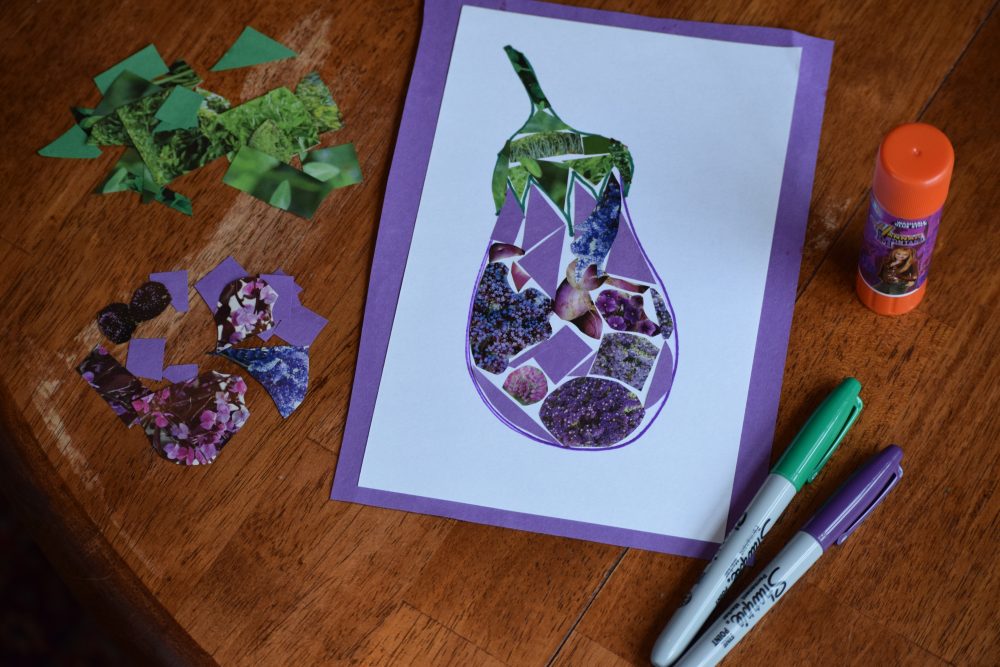
Art Project: Nightshade Mosaics
Vegetables in the Nightshade family come in many different shapes, sizes, and colors, from purple, white, and lavender eggplants, to red, orange, and yellow peppers and tomatoes, to green and purple tomatillos. For this activity, children will use recycled paper scraps to create a beautiful mosaic picture featuring their favorite vegetables in the Nightshade family.
Supplies:
- Old magazines, catalogs, wall calendars, or scraps of craft paper
- Blank paper
- Scissors
- Glue stick or school glue
- Colored pencils, crayons, or markers
Directions:
- Cut out small scraps of colored paper and photos from old magazines, catalogs, or paper scraps.
- Sort the paper scraps (aka “mosaic tiles”) into piles or plastic sandwich bags by color.
- Use a pencil, crayon, or marker to outline the shape(s) of your favorite nightshade vegetable(s) on a blank sheet of paper.
- Arrange colored paper scraps within the vegetable’s outline in order to color in the vegetable. Once you like the way the scraps are arranged, glue them in place.
- Once your mosaic is complete, use glue to mount it on a piece of colored paper.
Activity Extensions:
- Write an acrostic poem about your mosaic vegetable.
- Research the history of your vegetable and make a presentation for friends and family.
- Cook a recipe that features your mosaic vegetable.
Energizer: Yellow Tomato Game
Have fun playing a few rounds of Yellow Tomato! The teacher or family member will call out a color, a vegetable, and a body part. Children will run to an object with the corresponding color of the vegetable and touch the object in the room or yard with that body part. For instance, with a command of “yellow tomato foot,” children will touch a yellow object with their foot.
Intergenerational Storytelling:

As we learned by reading the book Little Yellow Pear Tomatoes and investigating plant families, the foods that we grow and eat contain many stories. To learn more about the food stories in your family, interview a parent, grandparent, or elder family member who has experience farming, gardening, or cooking.
If you’re able, record your conversation using a smartphone or camera. For inspiration, watch this video from the ASAP archives of kids at Pinnacle Elementary interviewing their grandparents about gardening.
Take your interview to the next level by downloading the free StoryCorps App on your phone or tablet and recording your conversation using the app (you can find interview and sound quality tips on the StoryCorps website, too). You could also interview someone using a video conferencing app (like Zoom or Google Meet) and record the video.
If a camera is not available, you can write out your interview questions in a journal or notebook before you start your interview (leaving a few lines of blank space between each question), then write down or illustrate your interview subject’s responses as they share them with you.
Here are some sample questions you can use to design your interview, but you can also make up your own questions.
- Tell me about your experience with gardening, farming, or cooking. What do you enjoy about this activity?
- How did you learn to grow/cook fruits and vegetables?
- Do you have a favorite fruit or vegetable?
- What’s your favorite recipe or dish that uses a fruit or vegetable from the Nightshade family (tomato, pepper, potato, etc.)?
- This week I learned that plants like Nightshades share some characteristics with other plants in their plant family. Which characteristics do you think we share as family members?
- Share one of your favorite food memories with me.
—
That’s it for this week. Check back next week for new resources. Click here to access Day by Day resources from past weeks. If you didn’t find what you’re looking for here, please visit our Lesson Plans page.
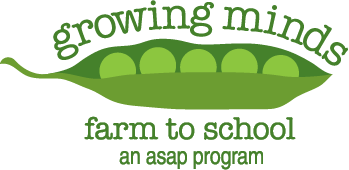
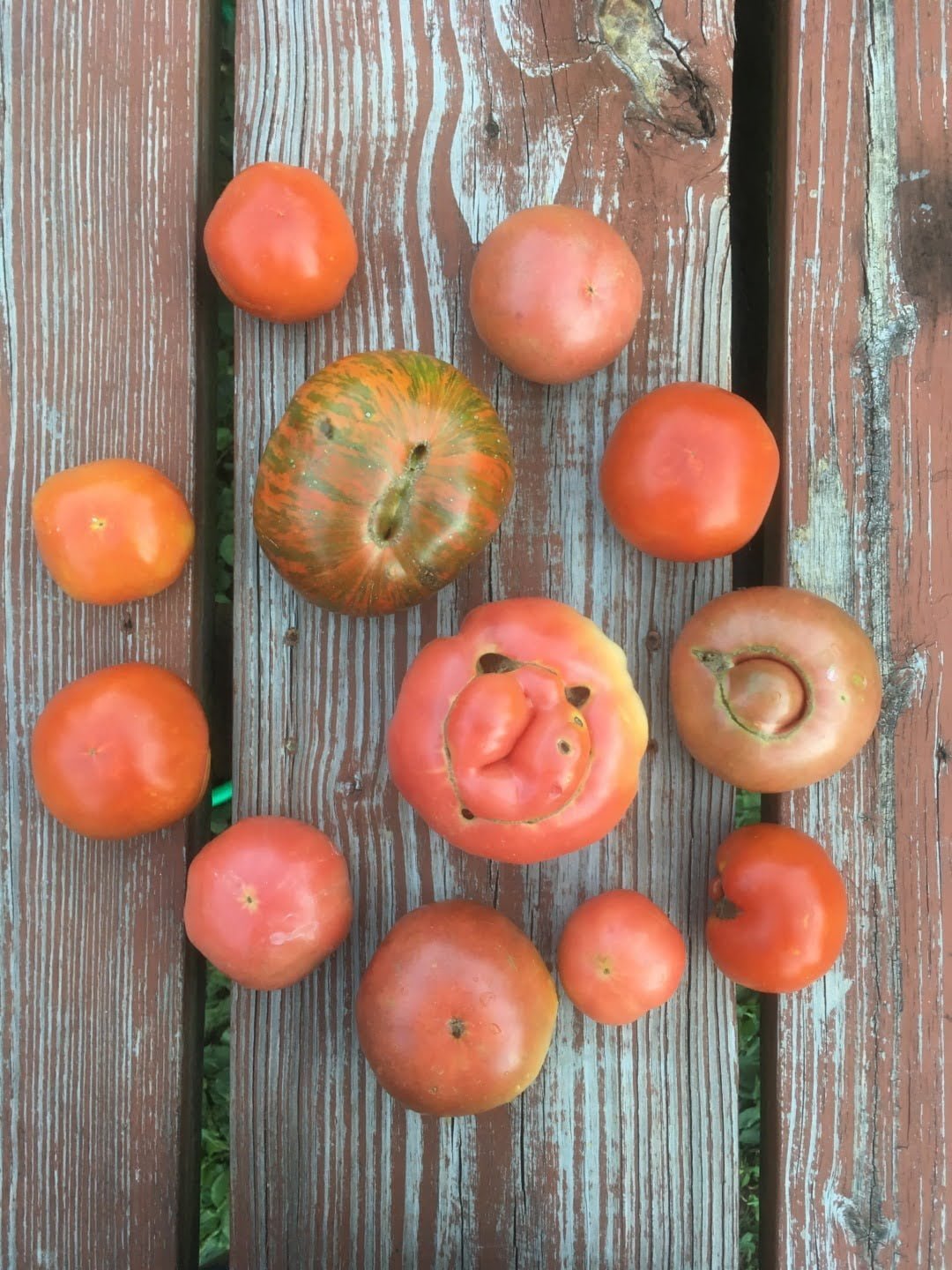
 Educational Resources:
Educational Resources: